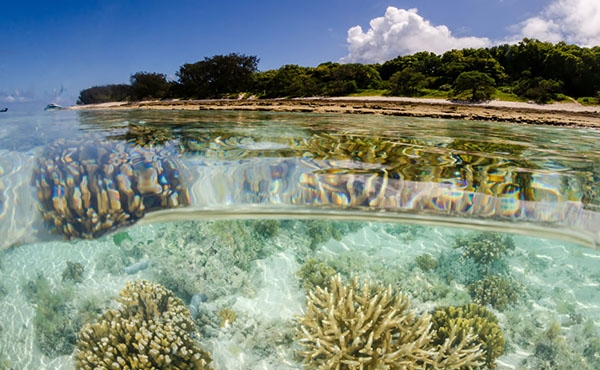Shrublands in the Region are characterised by dense foliage and low stunted species usually 5 to 10 metres in height and sometimes referred to as ‘scrubs’, or by an overstorey dominated by multi-stemmed acacia. Heath is dominated by small shrubs with small, hard leaves that occur on infertile or waterlogged sites or coastal areas. It is often difficult to separate open heath from scrub-heath, and in some areas the frequency of fires determines which form predominates.956
Coastal urban growth and altered fire regimes threaten these ecosystems
Coastal wet heath and sedgeland wetlands in the Catchment are protected within Cape Melville, Iron Range, Mungkan Kandju and Byfield national parks, and these remain in good condition. Elsewhere, outside protected areas, the condition of these ecosystems has generally fared more poorly due to being exposed to a range of environmental impacts associated with encroachment by competing land uses, especially coastal urban growth, and altered fire regimes.957,958
The extent of heath and shrublands has remained stable over the past 5 years as little clearing has occurred across the Region.
References


